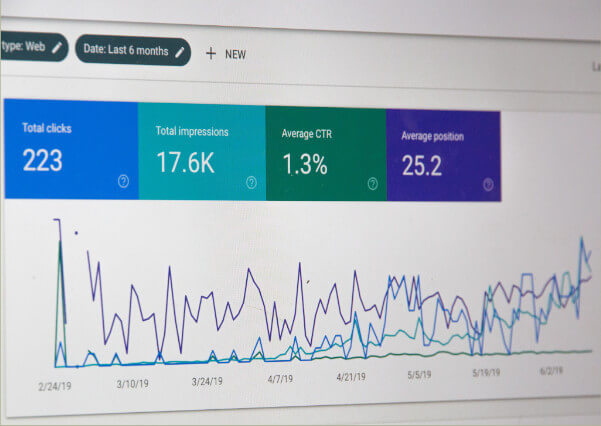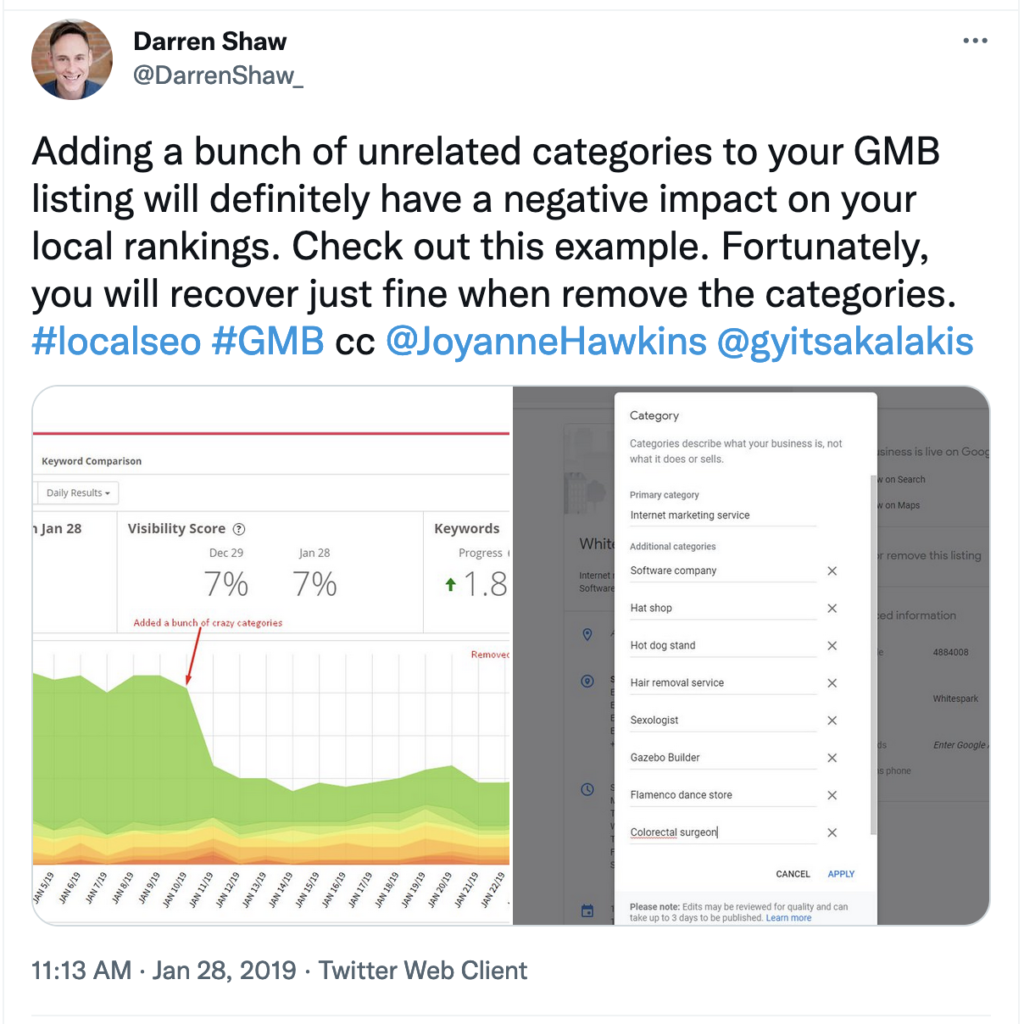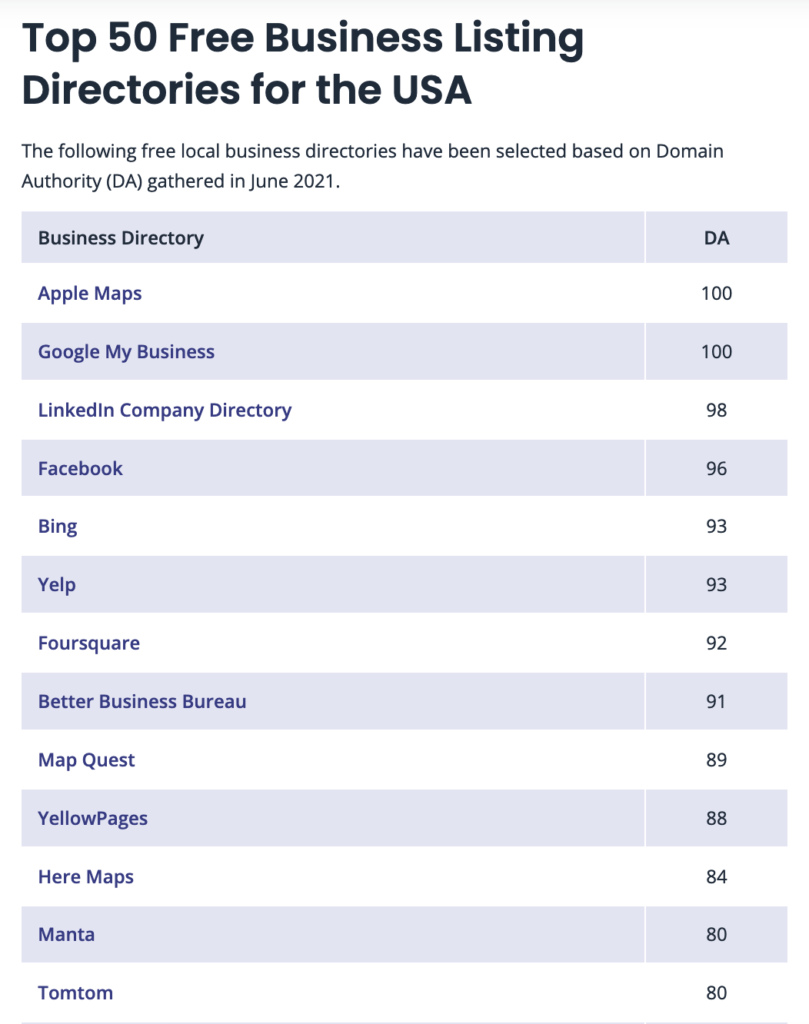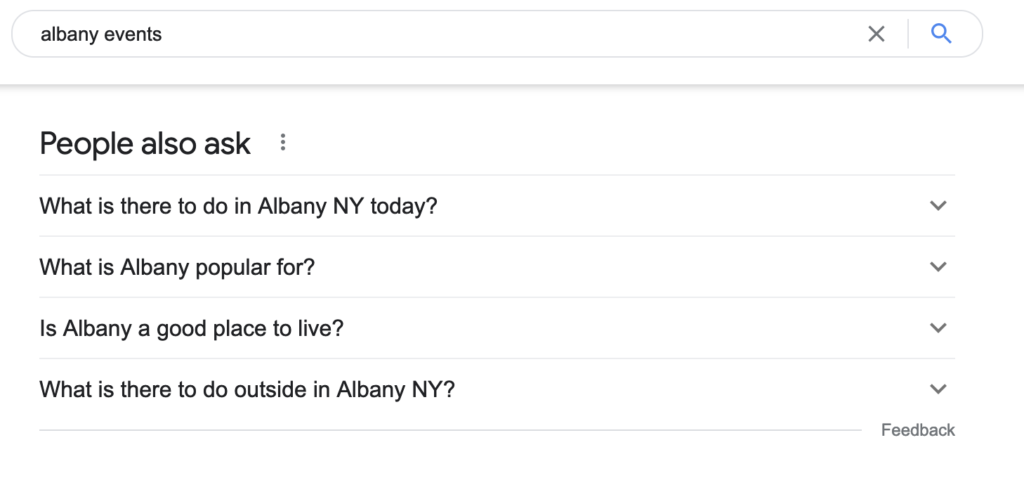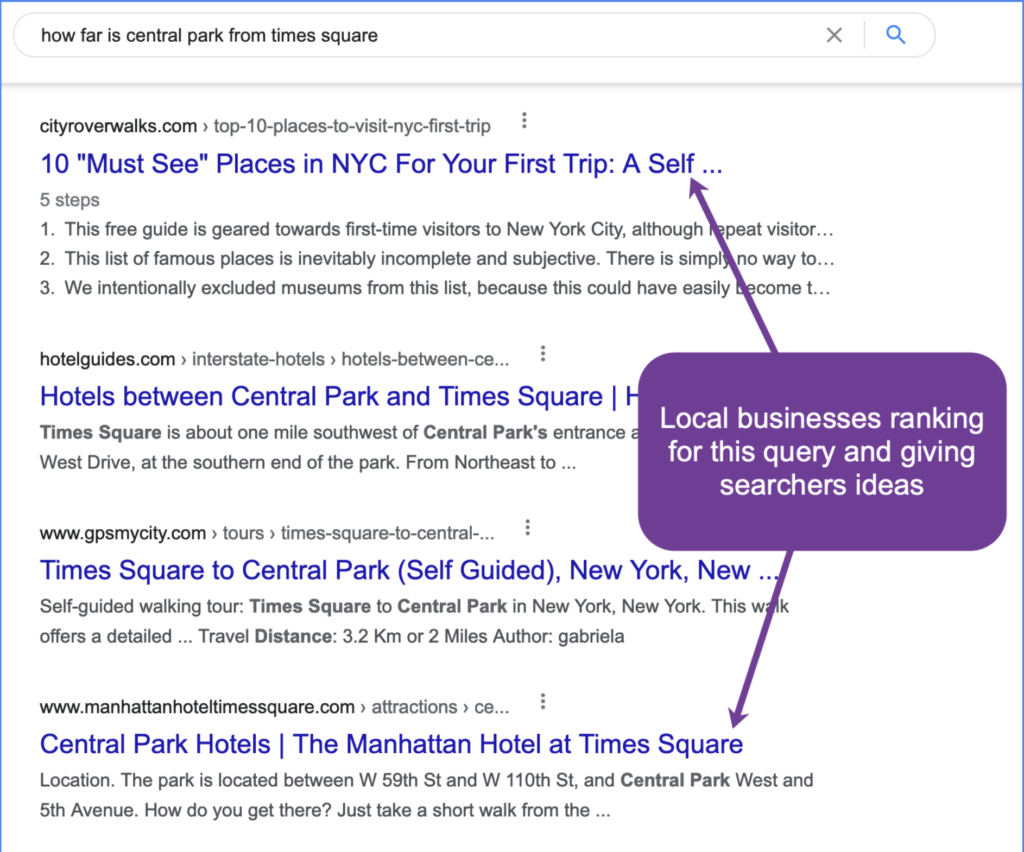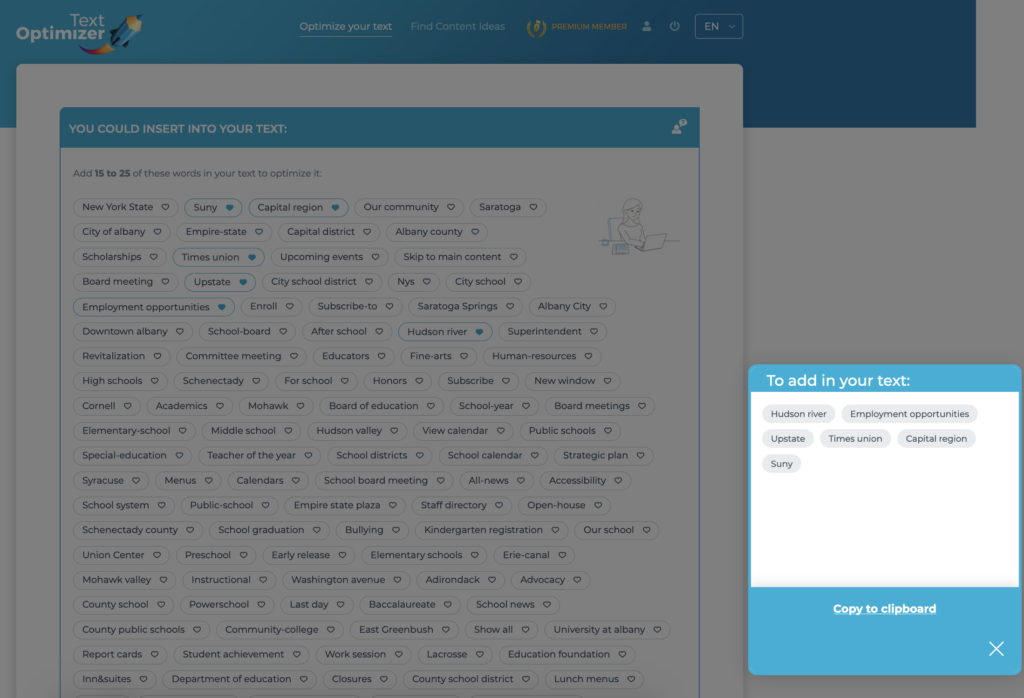30-second summary:
Social media has increasingly become a key avenue for the fate of brands’ online performanceThere is a relation between brand perception, social listening, customer service, and the eventual consumer spending powerHere’s how social media marketers can make the most of social channels to drive business value
In order to gain sales and increase leads, social media marketing must be fully integrated within a company’s overall marketing strategy – including search.
For companies looking to increase lead generation for sales conversion and build upon long-term customer relationships, social media involvement tends to be more cost-effective and successful, in the long run, than traditional short-term-oriented marketing methods.
Social media’s return on investment is best measured over time in the form of customer loyalty, customer relationship management, and an improved corporate perception in the general marketplace.
1. Regularly updated content boosts search engine rankings
Research proves that by providing relevant and constantly updated content, companies can gain new customers, achieve a higher search engine ranking, and increase online visibility. Online marketing methods that center around search-optimized content can also improve a company’s SERP ranking.
Now that search engines like Google is indexing social media content, keyword-rich posts, and relevant comments within social networks. This has become a viable marketing tactic.
According to Google’s Gary Illyes in one of his discussions with SEO Eric Enge on social media mentions and rankings and how Google might use online mentions of a brand on social media and networks:
“The context in which you engage online, and how people talk about you online, can actually impact what you rank for.”
Furthermore, related research conducted by CognitiveSEO discovered an equivocal link between social shares and SEO. Analyzing 23 million social media shares on selected platforms showed that – likes, comments, and shares that posts receive are vital signals for Google and other search engines to rank websites.
2. A positive social media brand presence strengthens online reputation
Engaging potential consumers – in social networks – can bolster a company’s reputation and strengthen its ability to improve customer service. A business that engages its customers online and participates in the dialogue is better positioned to respond to customer inquiries.
According to Convince & Convert, 32 percent of customers expect a response to be within 30 minutes and 42 percent of customers expect it to be within the hour. Moreover, about 57 percent of customers expect response time during weekends and nights to match response times during normal working hours.
Having a fast response time not only leads to a happy customer but can also lead to additional revenue for companies. A study conducted by Twitter found that when an airline responded in six minutes or less to a tweet, the customer was willing to pay about $20 more for that airline in the future. When an airline, however, took more than an hour to give feedback, that customer was willing to pay only an additional $2.33 for that airline in the future. This really makes you want to put some pep in your step when it comes to responding to customers, doesn’t it?
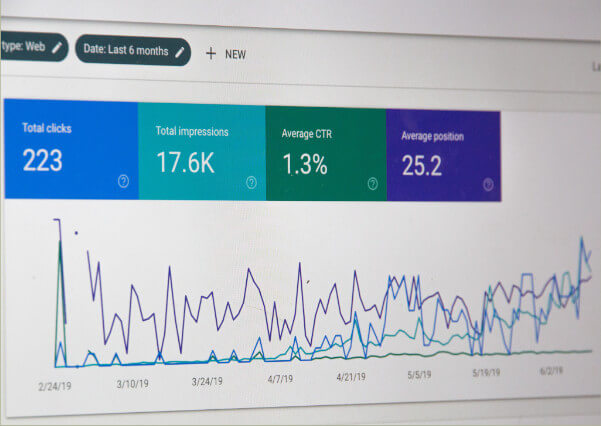
Also, a business with a strong social media presence is better positioned to respond to customer complaints. Negative comments can act as an early warning system, empowering a brand to:
quickly adapt its message,reinforce its product’s value,positively nurture relationships with customers, influencers, and brand advocates.
Whether negative word of mouth buzz comes in the form of a disparaging online video, as a comment in a user forum, or from an adverse online review of a product, companies with an active and solid social media presence can help repair their reputation by responding in real-time.
3. Measure social media effectiveness
Companies concerned with analytics and other metrics for measuring social media effectiveness can employ several simple methods for gauging the success of social marketing campaigns. Some ways to measure and track social media marketing include:
. Increase in followers
An increase in the number of followers on social media means an increase in a brand’s popularity. It is worth understanding the audience engagement and crafting social media campaigns that can increase your social media following.
B. Reactions on published posts
Evaluating the reactions of audiences on social media posts helps determine what is interesting the most. This helps focus more on what interests users the most.
This applies to all social media channels, be it Facebook, LinkedIn, or Instagram. The inbuilt analytics provided by these channels helps evaluate the way audiences are reacting to published posts.
Similarly, online marketers need to check when someone tags them in a post or, mentions them. The more tags they get, the more users they reach. This helps instantly increase business visibility as more people engage online with the brand’s content.
C. Social media reach
Social media campaigns’ reach helps determine the total number of people that are reached both within and outside of targeted audiences. The more reactions and engagements to published posts, the better is the online visibility.
Having a good reach to business posts on social media is a clear indication that the marketing campaigns are on point.
D. Referral traffic
Another important metric that businesses consider when measuring social media effectiveness is gauging referral traffic. This gives a clear picture of how the marketing campaign has performed on social media. Every online marketer should evaluate performance by measuring the difference between the actual target achieved and the target set.
This will help gauge the efforts needed to be put in. If a particular channel is found to be unable to get sufficient traffic, then it should be reconsidered. A social media channel that is not resonating with the nature of the business is probably a waste of time and effort.
E. Click-through rate (CTR)
Click-through rate is another important factor when measuring the effectiveness of social media, as it is closely associated with direct conversion.
Generally, a higher CTR means that a marketing campaign is effective. Because more clicks mean more visitors that are drawn to the website. CTR is considered as one of the KPIs by a majority of the businesses and is generally used in PPC ad campaigns, a link on a landing page, etc.
4. ROI based on soft metrics
While hard metrics of conversions (sales, cost-per-sales, and profit) are the way many businesses tend to rate social media ROI, businesses should also consider some softer metrics as a means to measure their campaign effectiveness.
In fact, according to research by the Association of National Advertisers,
“80 percent of US client-side marketers measured the effectiveness of their social content, with social media metrics such as “likes” the most common.”
Measuring campaign effectiveness considering softer metrics can be done by asking the following questions:
Are brand-relevant tweets being re-tweeted on Twitter?Are there more fans and brand-friends on Facebook?Is there an uptick in online conversations about a new product launch or web design improvements?Are site visitors and customers sharing opinions and discussing what they want and need?
Questions such as these may not add up, in the short run, to actual sales and quantifiable profit but ROI based on soft metrics could certainly provide insight on social media marketing’s worthiness. This has the potential, in the long run, to convert into profit and hard ROI.
Make definite social media marketing goals
To take full advantage of social media channels for effective marketing and improved profits, marketing teams need to execute strategic marketing plans. Businesses must apply measurable metrics, take a long-view approach, and define clearly their social media marketing goals.
Only through this, can social media marketing prove itself worthwhile for proving business value.
Jacob M. is a copywriter, marketing blogger, inbound marketing consultant, and founder of Write Minds. He can be found on Twitter @jmcmillen89.
Subscribe to the Search Engine Watch newsletter for insights on SEO, the search landscape, search marketing, digital marketing, leadership, podcasts, and more.
Join the conversation with us on LinkedIn and Twitter.
The post Social media marketing: four keys to boost lead generation and sales appeared first on Search Engine Watch.

